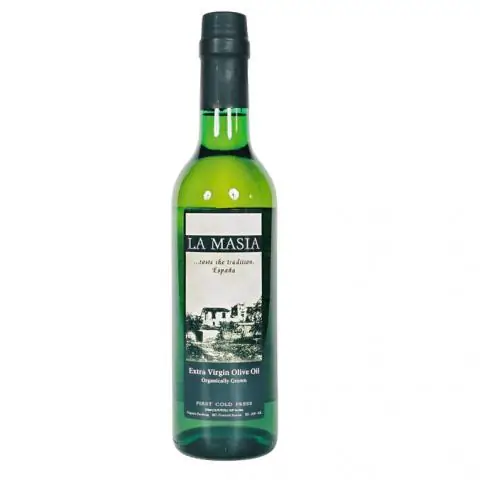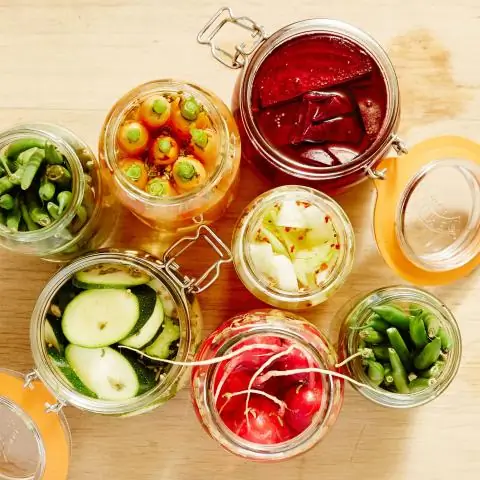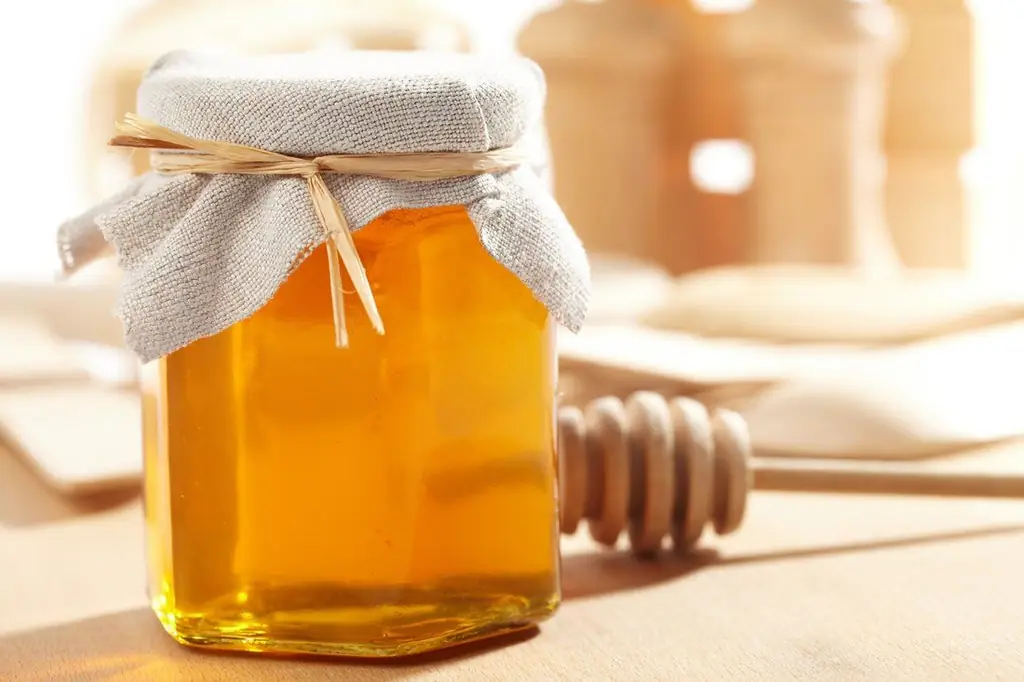
Table of contents:
- Author Bailey Albertson [email protected].
- Public 2023-12-17 12:53.
- Last modified 2025-01-23 12:41.
How to choose the most ripe pomegranate, juicy lychee and mouth-watering pomelo

Surely you are familiar with the bitter disappointment that an expensive fruit bought in a store turned out to be unripe or overripe. If you are tired of paying money for low-quality food, read the rules for choosing good products - it will not take much time.
How to choose a ripe and tasty pomegranate
When choosing a pomegranate, do not pursue the brightness of the skin. In a good, ripe fruit, it is faded and dry. The shade of the peel is grayish-yellow, with practically no red pigment. The bright red fruits are usually unripe and sour - avoid them.

The skin of a ripe pomegranate does not have to have an appetizing bright red color
Pay attention to the shape of the fruit. It should be slightly irregular, with flat sides. This means that the pericarp (crust) has dried out enough and, as it were, covered the berries inside.
The next marker we'll look at is the tail. A good, juicy pomegranate with bright red seeds will have:
- dry;
- fully revealed;
- grayish.
Traditionally, the pomegranate season begins in October and lasts about three months. At this time, juicy and fresh fruits from the Caucasus appear in stores. However, you can enjoy overseas pomegranates all year round. They will be more expensive, but the taste is practically no different from Caucasian fruits.
Determine the ripeness of lychee
Lychee is an expensive and exotic berry, so when buying it you should carefully check it for ripeness. This can be done based on the color of the skin.
The lychee pericarp should be bright red in color. If it looks darkened or has dark spots - the fruit was picked a long time ago and stored in an improper way, so it will be overripe. The taste of such a berry seems to be fermented. If the lychee has pale or greenish spots on the peel, the berry is not yet ripe. It will taste tough and empty.
Another way to determine the ripeness of a lychee is by touch. The berry should be moderately soft and firm, like a tennis ball. If you press on it with your finger, then the resulting small dent should instantly disappear.

Ripe lychee peels well
In Thailand (and it is there that most of the lychees sold in our supermarkets are harvested) the fruits ripen in the first half of summer. This means that it is worth buying berries at this time - from early June to mid-July. If you find lychee on a store shelf, for example, in the middle of winter, it means that the berry has been in the warehouse for at least five months. You probably won't want to eat such an ancient specimen.
Looking for a juicy pomelo
Pomelo is the largest citrus fruit. Due to the abundance of varieties, it is difficult to choose a ripe fruit in size, color or shape - there are both round and elongated varieties, yellowish and with red spots. You can choose a pomelo by the smell of the peel. Ripe fruit has a bright, pronounced citrus aroma. If the smell is pleasant, then this fruit can be taken. If he is weak or gives off something fermented, refuse to buy.
Pomelo can and should be carefully felt. If you find any recesses, depressions in the pulp (and they are very well felt through the peel), then such a fruit was either poorly stored or overripe. And in fact, and in another case, it is better to put it aside and touch the other.

The best way to test a pomelo for ripeness is to smell and feel the fruit.
The peak season for pomelo in Russian stores is February. This citrus fruit grows throughout the calendar winter - from December to March.
If you know well what ripe and juicy fruits look like, then buying exotic fruits and berries will never bring disappointment. Don't be afraid to waste your money and improve your health and immunity all year round.
Recommended:
How To Choose The Right Olive Oil In The Store: Signs Of A High-quality Cold-pressed Product And Other Types + Photos And Videos

Olive oil is a valuable nutritious product. What benefits does it bring to the body? How to distinguish and choose the right olive oil in the store?
How To Choose A Hood For The Kitchen - In Terms Of Power And Other Parameters, What To Look For When Buying A Built-in And Built-in, For A Gas And Electric Stove, Professional Advi

What parameters should you pay attention to when choosing a cooker hood for the kitchen: types of devices, how much the prices differ. Model overview and manufacturer information
How To Choose Pineapple - Good, Ripe And Delicious - In A Store Or Market + Video

How to choose the most ripe, healthy and tasty fruit. We pay attention to the external characteristics: color, smell, size, shape, etc
How To Choose The Right Ripe Avocado, Mango And Pineapple When Shopping

How to choose ripe avocado, mango and pineapple in the store. What to look for when buying. Seasonality of fruits
How To Choose The Right Honey In A Store Or On The Market: Signs Of A Quality Product

Practical advice on choosing high quality honey. Traditional methods of determining a fake
